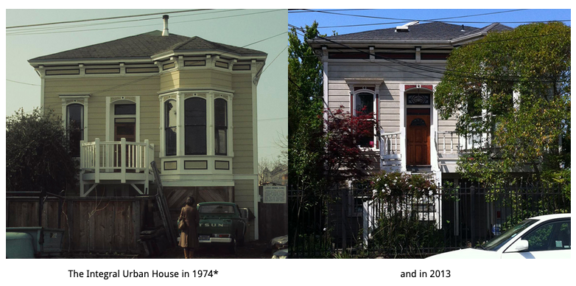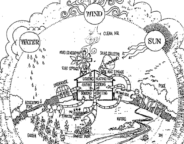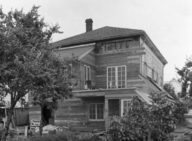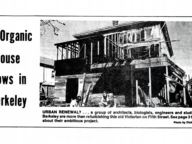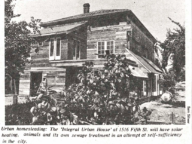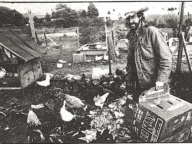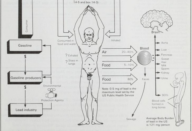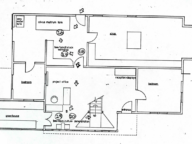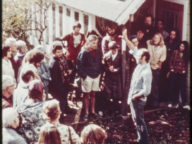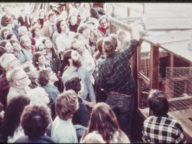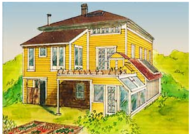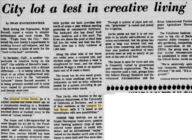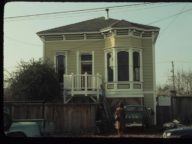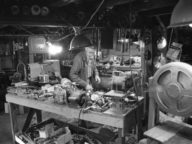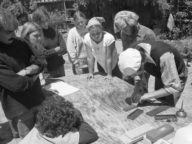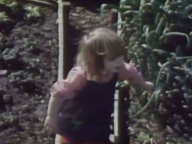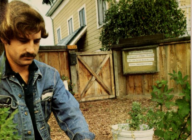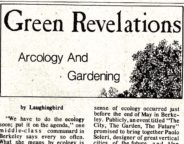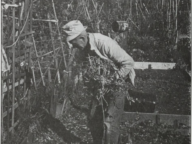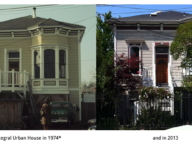This secondary piece from 2015 touches on the final years of the IUH, which suspended its operations in 1984 due to increased costs and the unsustainability of labor. Decreased funding to the Farallones Institute partially resulted from a loss in popularity in the back-to-the-land movement. Without as much momentum from others to volunteer and run the house, there was the risk of being overwhelmed.
The house often relied upon the unpaid labor of architecture students and others interested in keeping the experiment running. One might find it ironic that despite the educational and intellectual aspect of the house, the labor needed to run it was still in dwindling supply. Many volunteers and participants were students and educators who still had other commitments to attend to.
Like many other movements featured on this site, the work the Farallones Institute and the Integral Urban House performed were groundbreaking at the time. Many of the ideas they created continue to live on in some form today. The Integral Urban House persisted for over 10 years, and the concepts of greywater collection and growing fresh, organic food in your backyard are popular topics today in our (still) ever-consumptive world.
